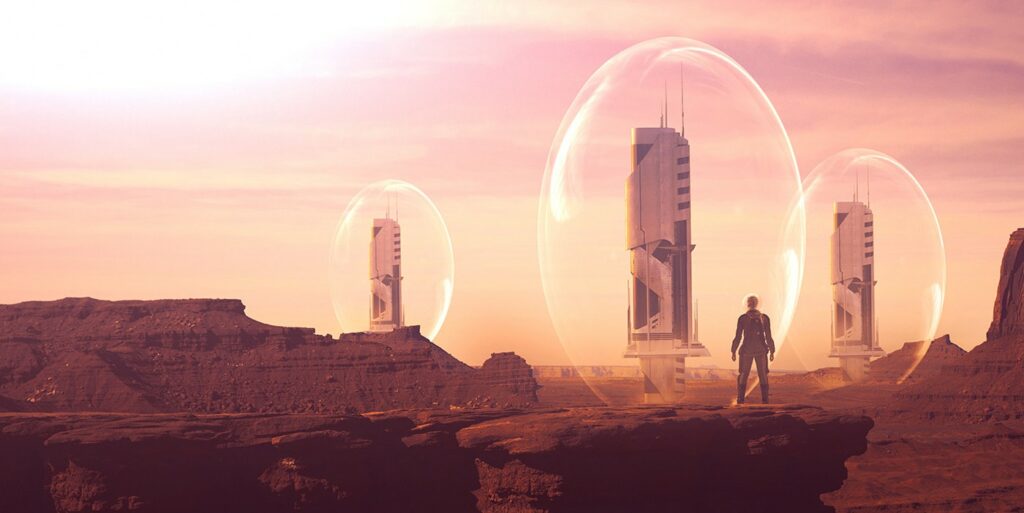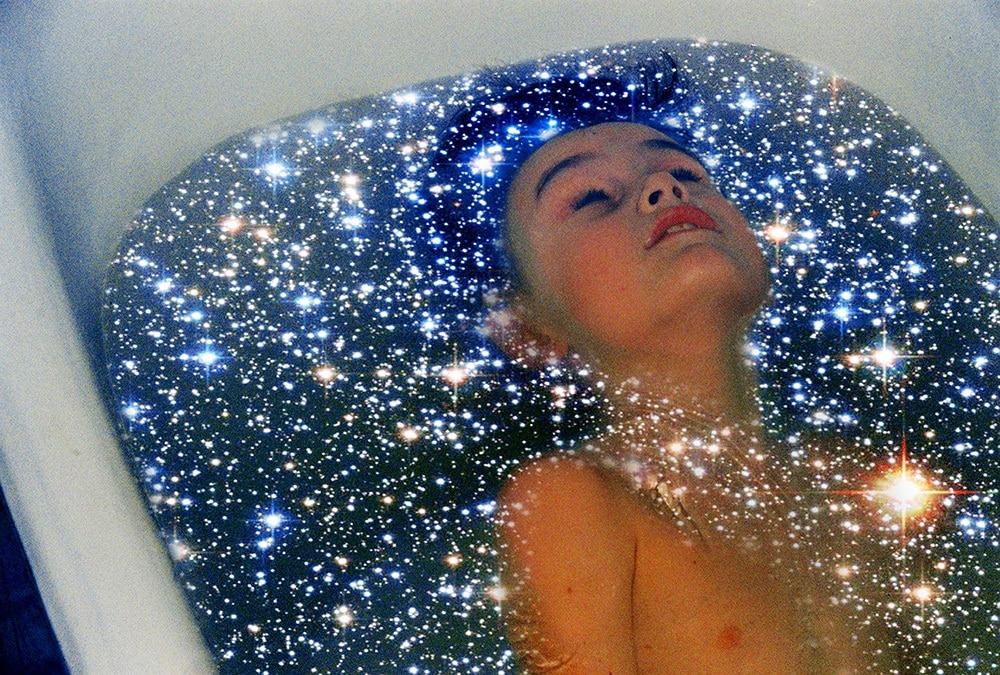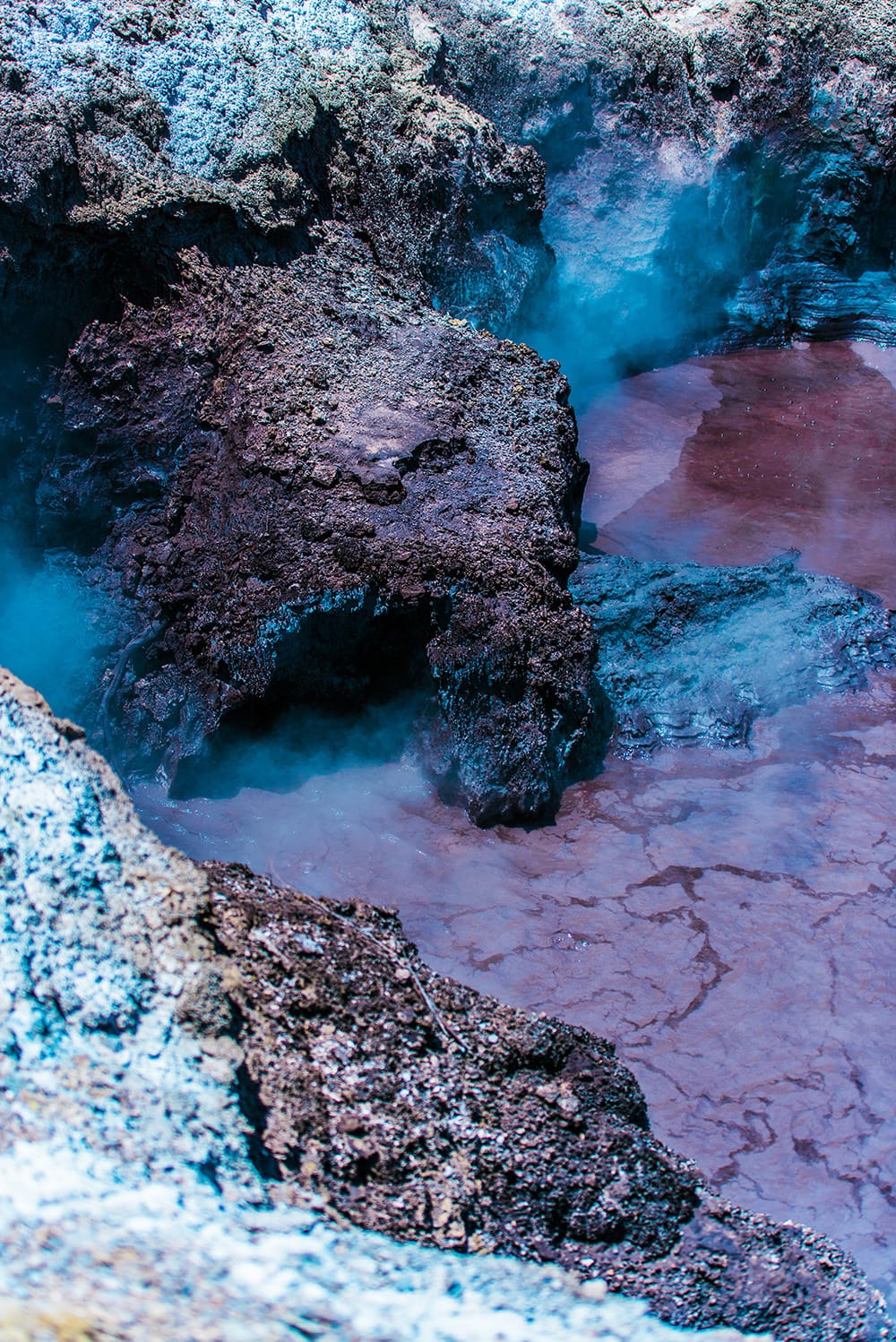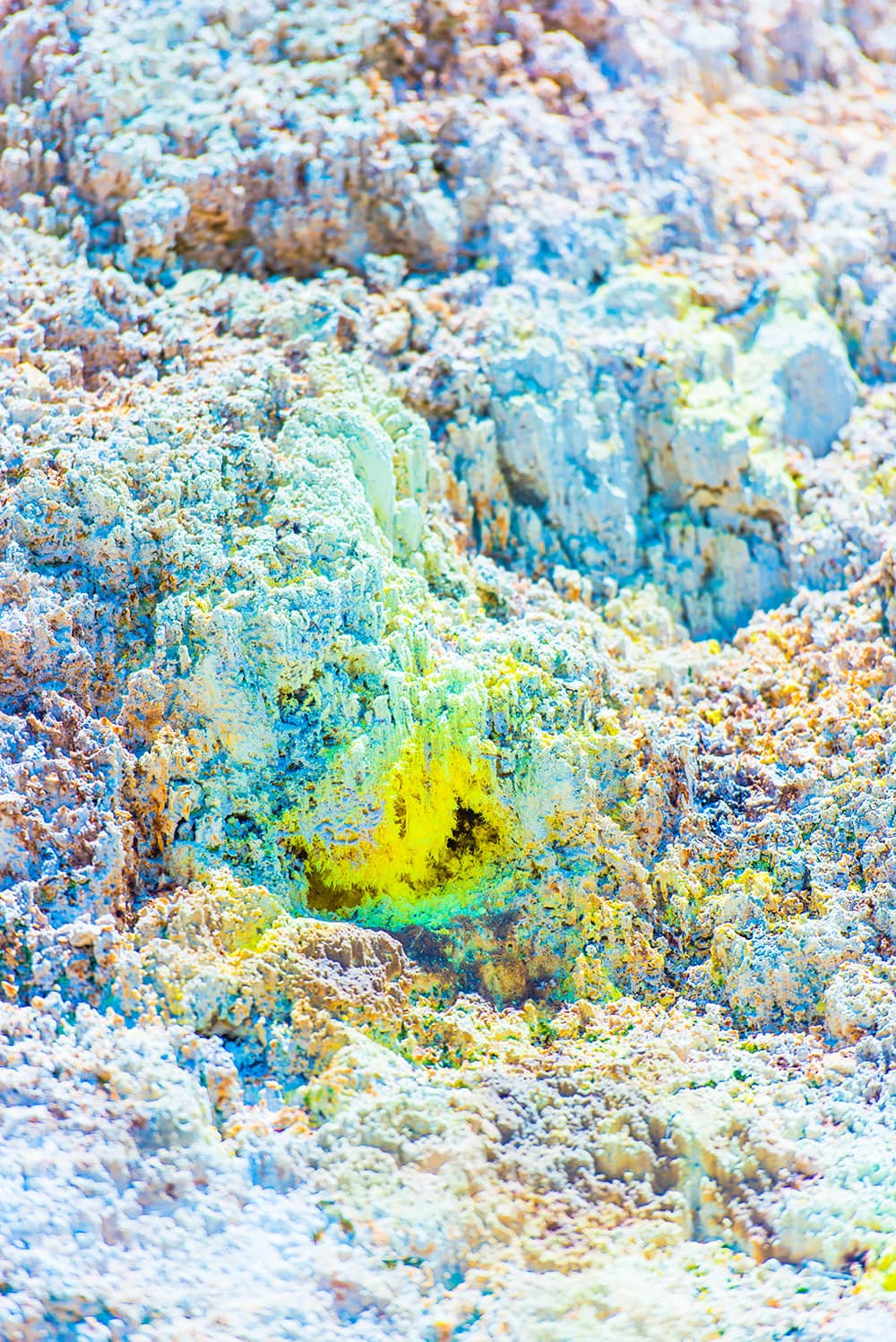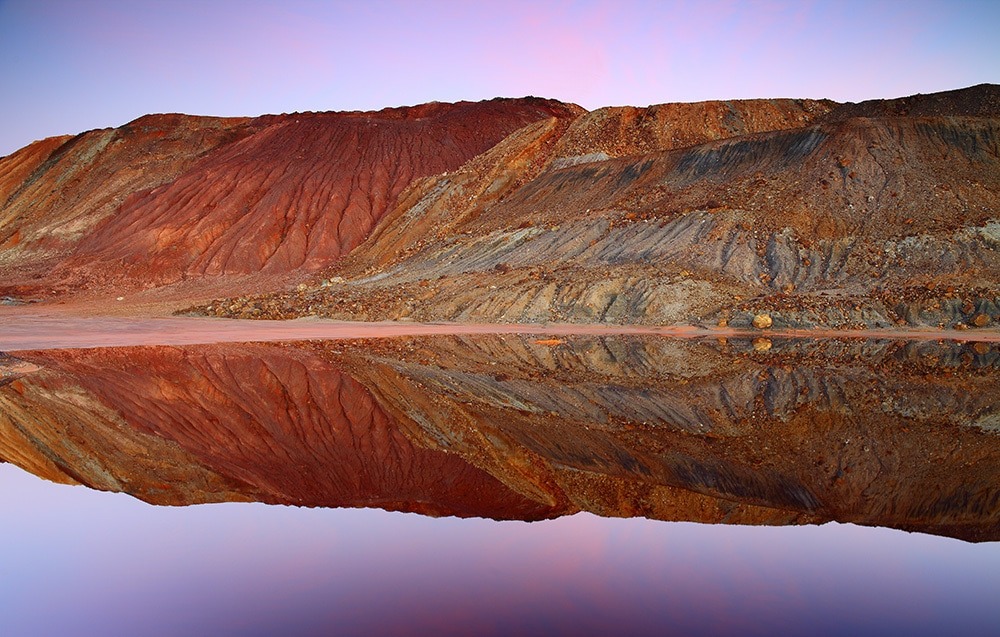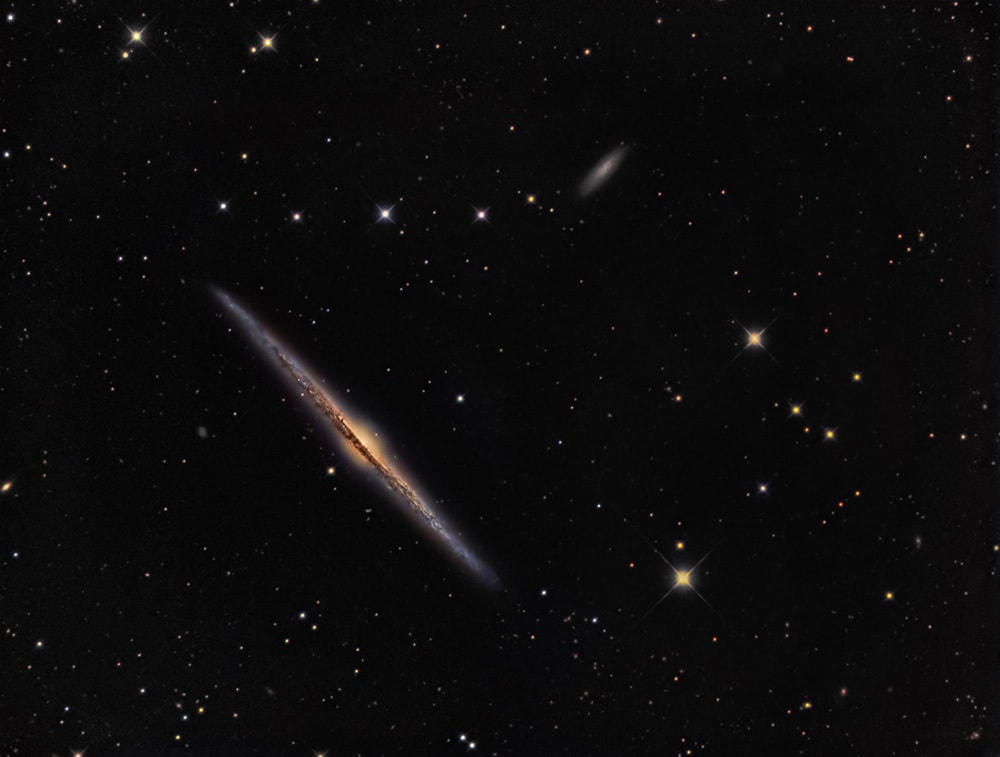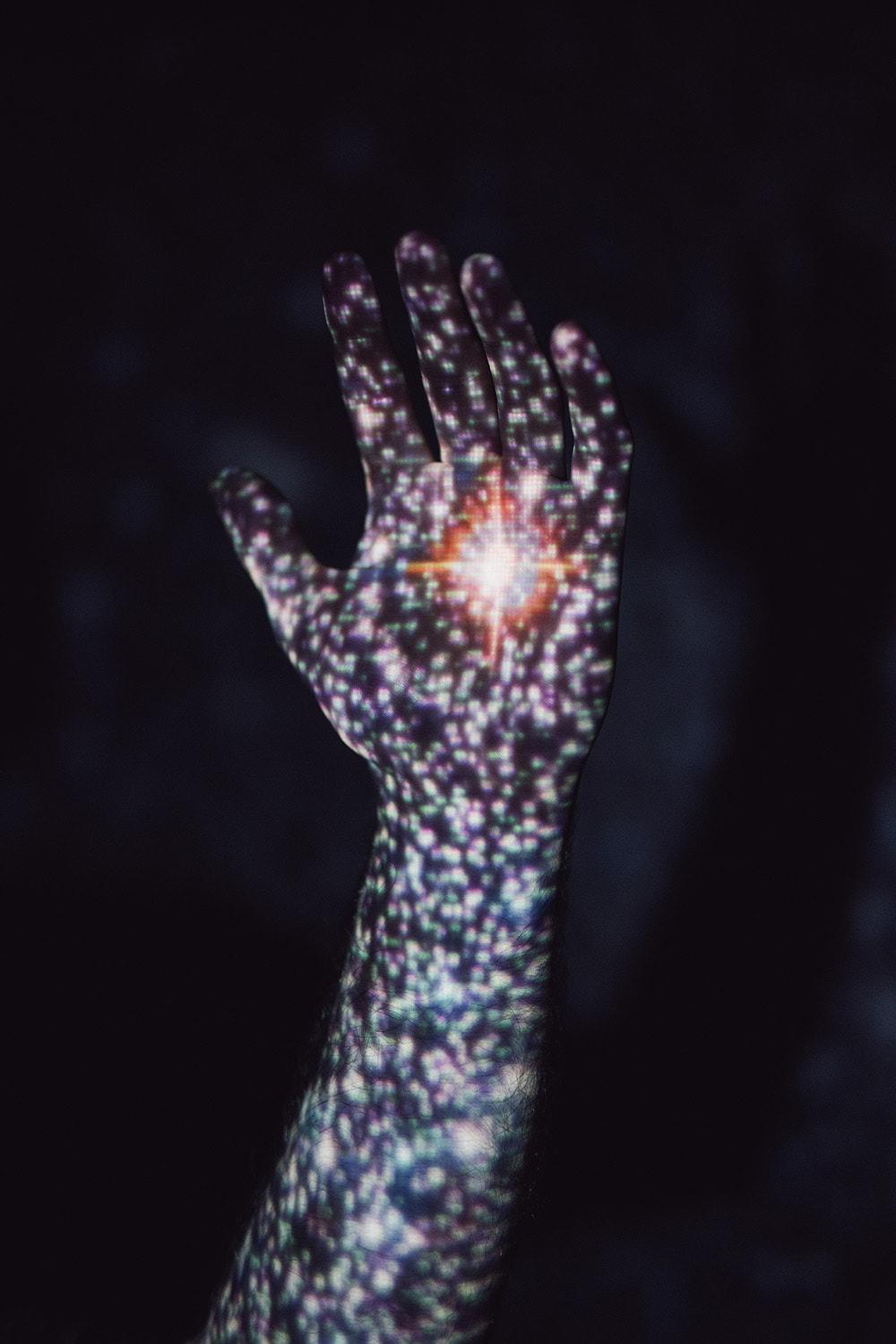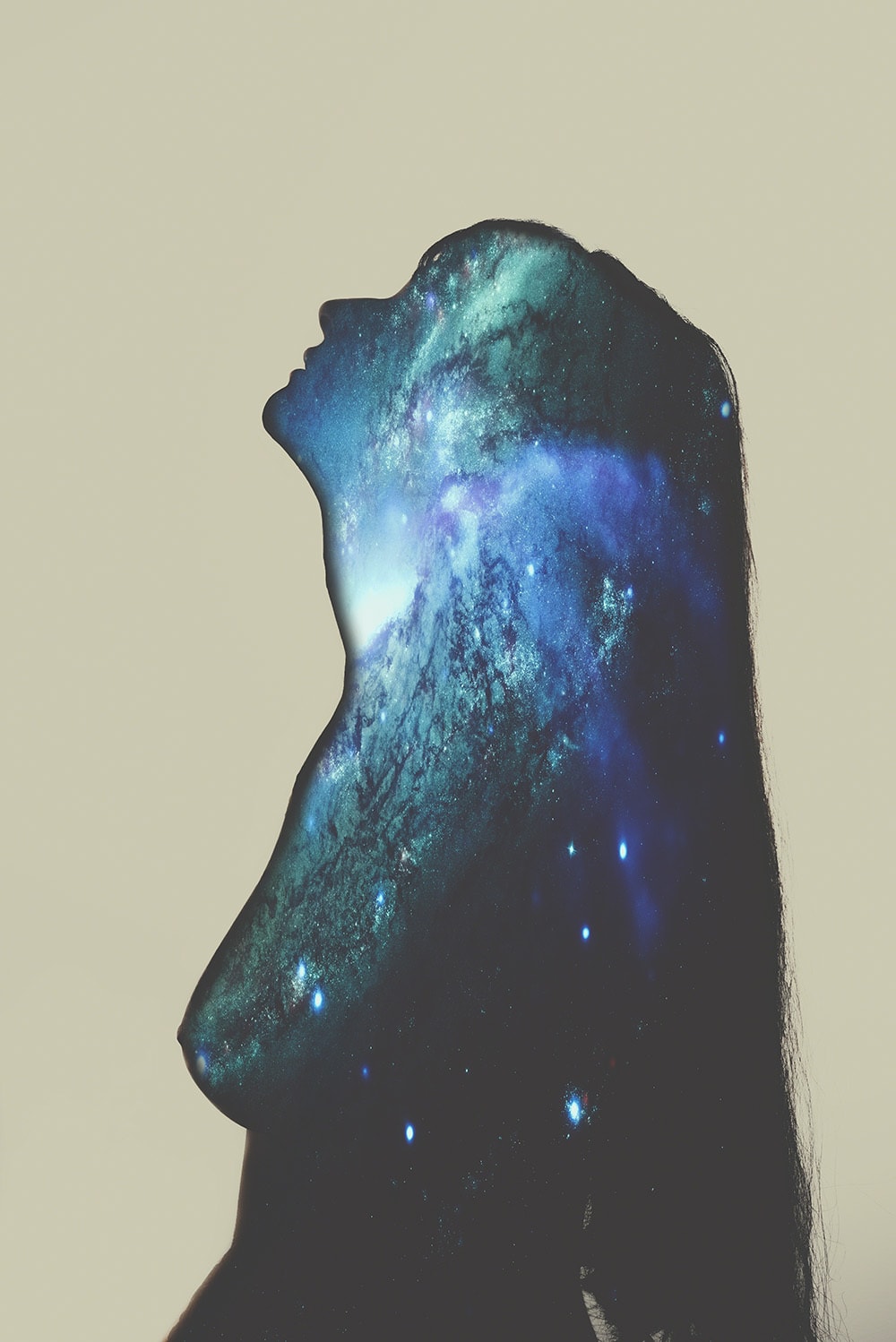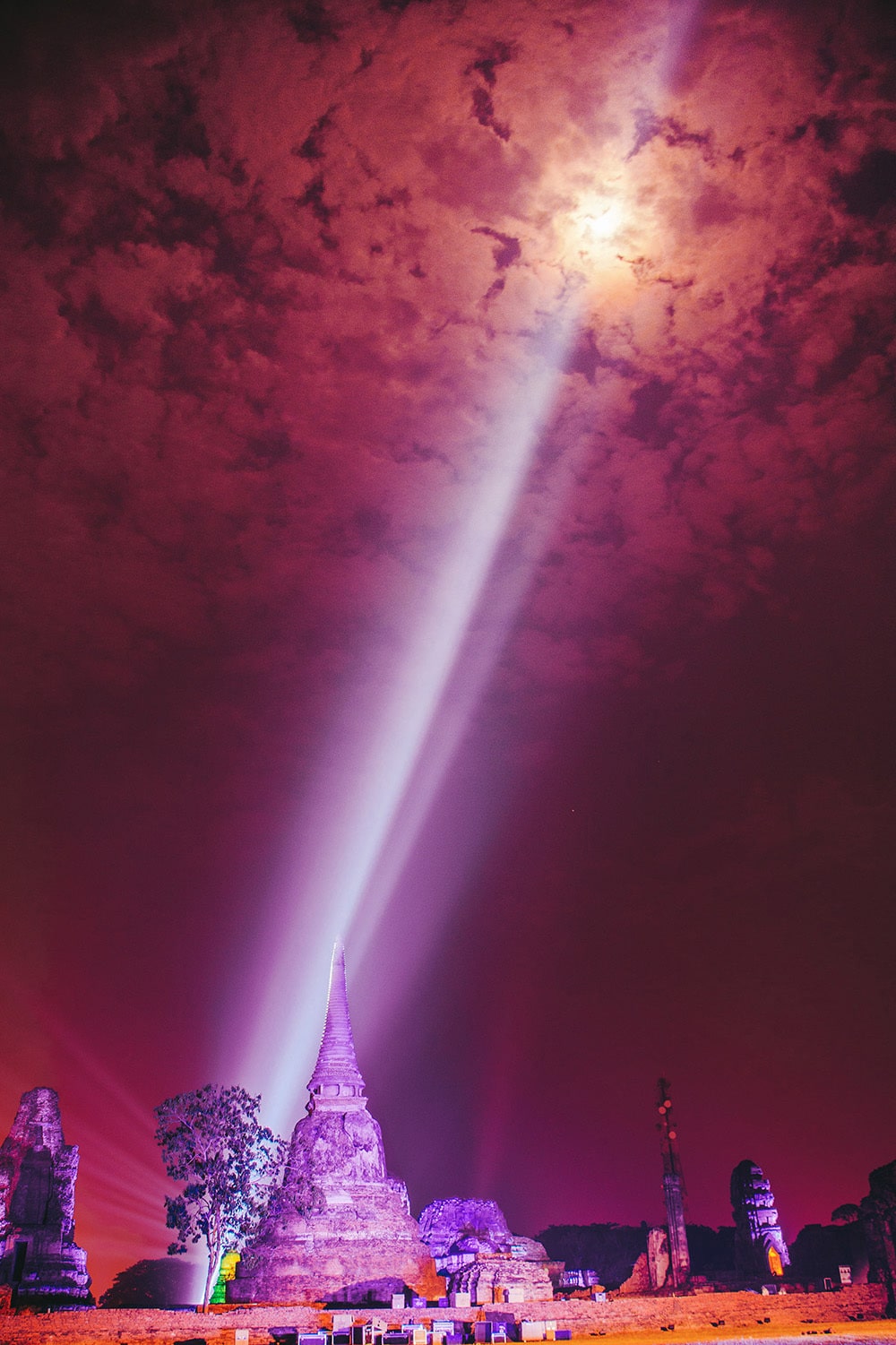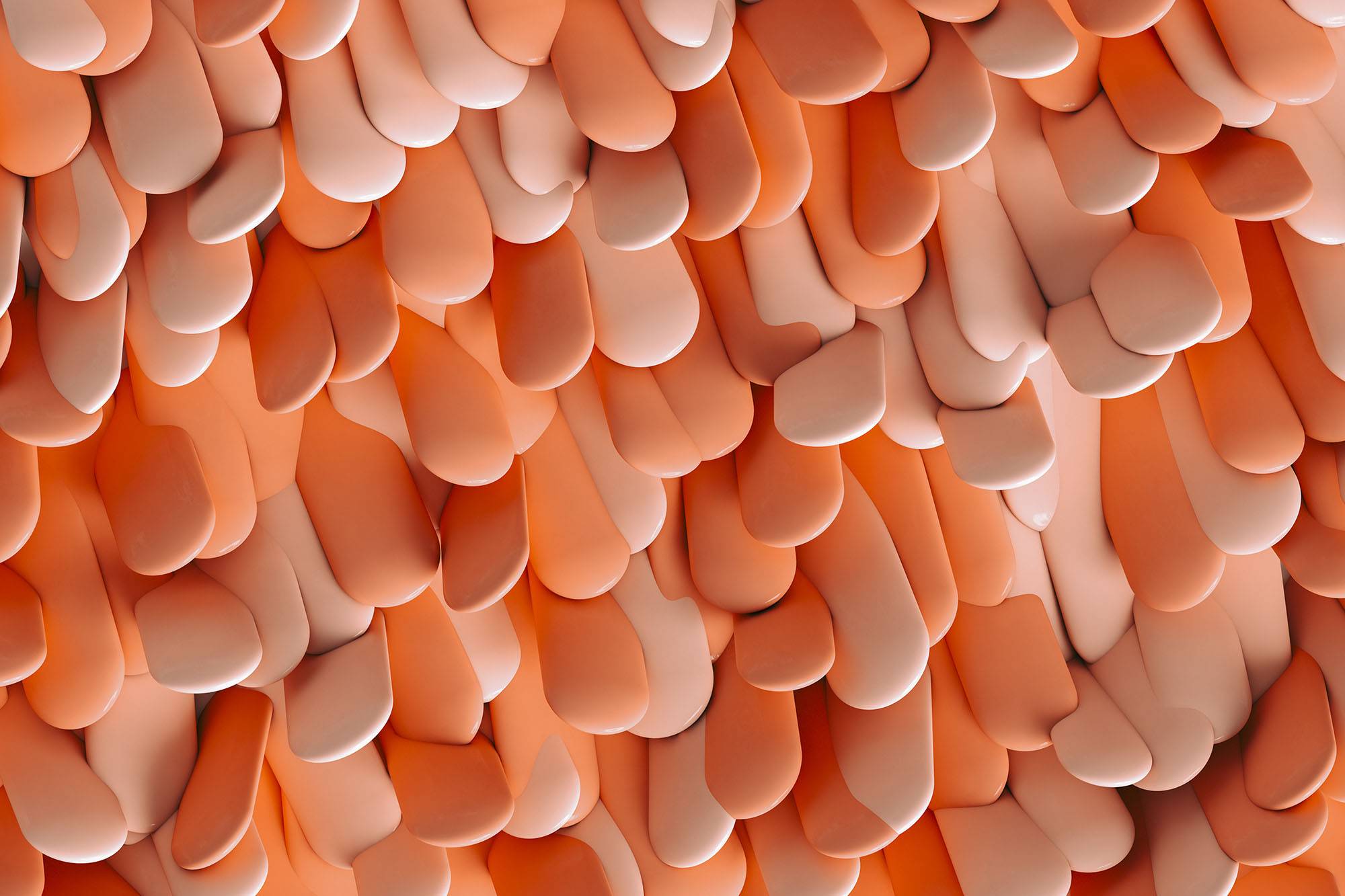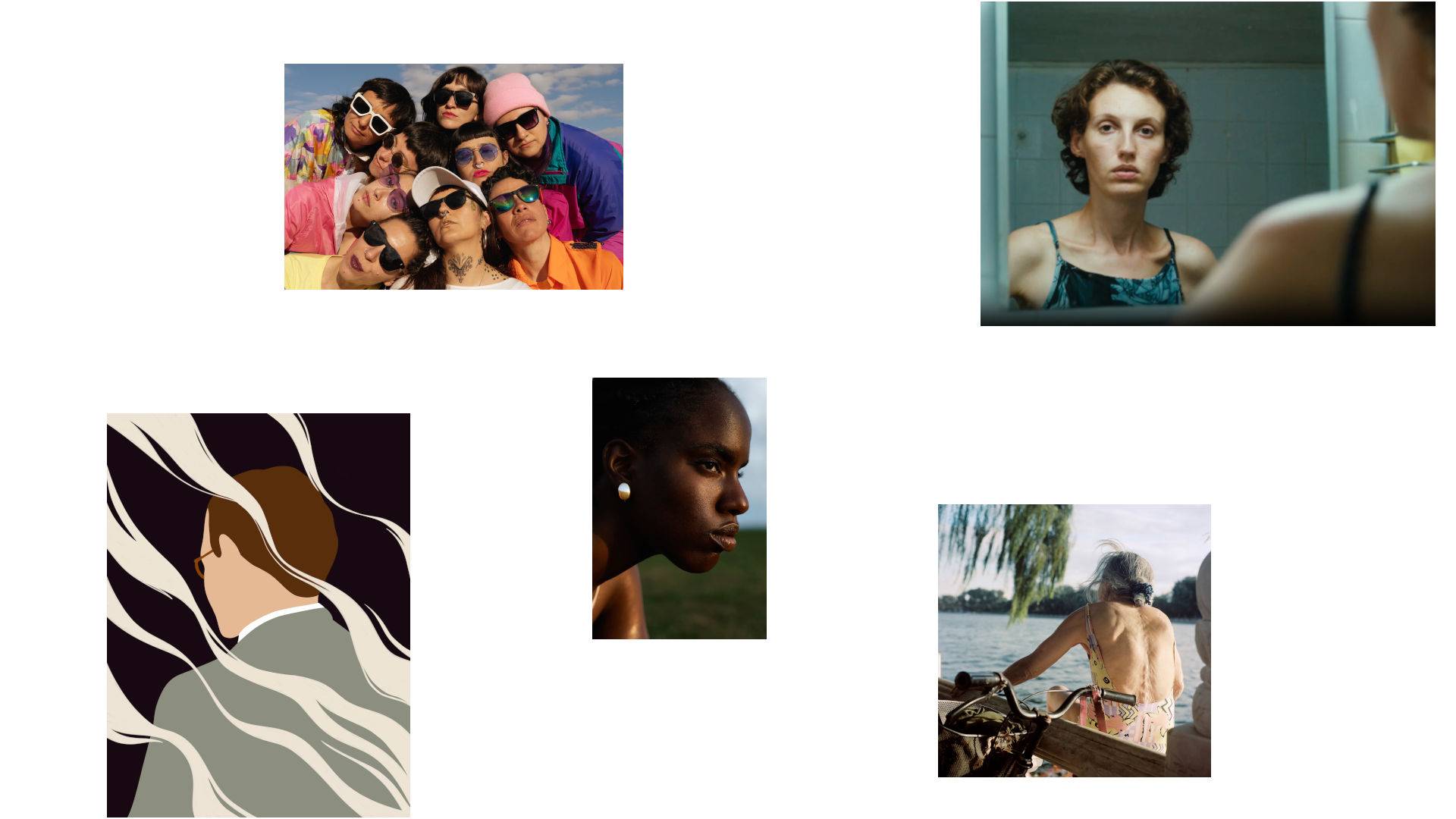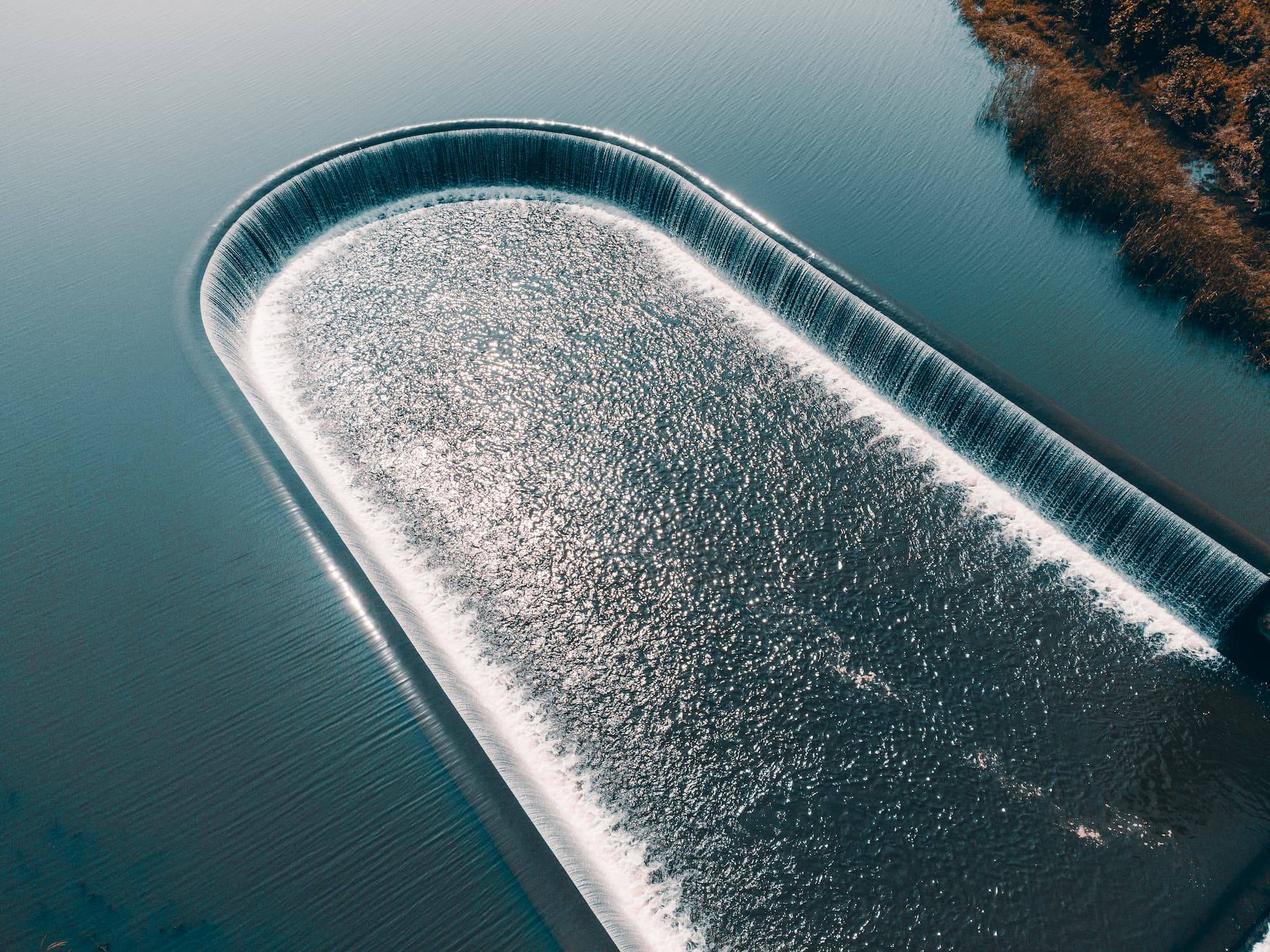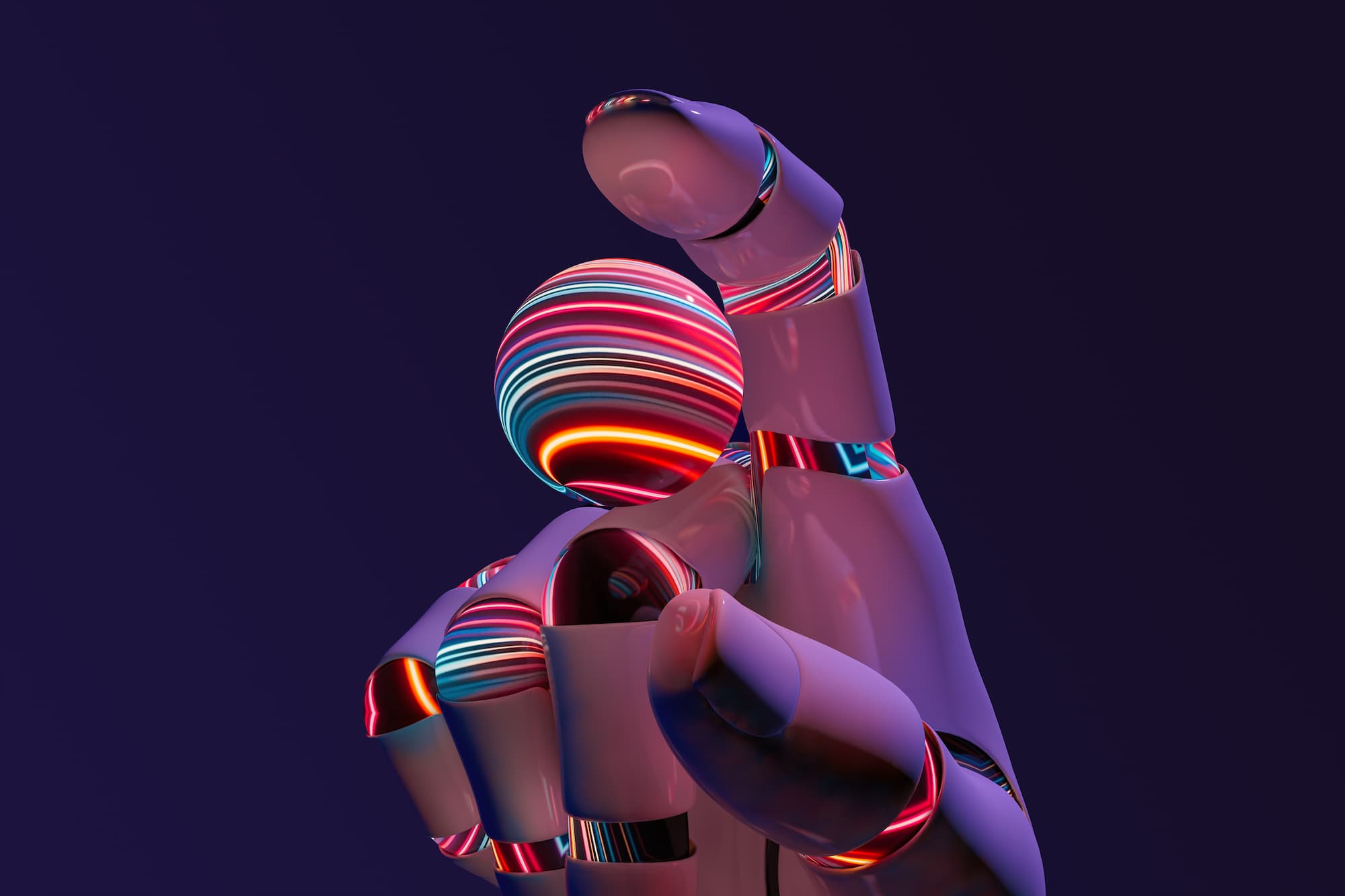Our interest in the cosmos is nothing new — we’ve been gazing up at the stars, pondering our place in the mysterious vastness of space for millennia. Lately, however, there has been a notable surge in the occurrence of intergalactic imagery and narratives in western pop culture. The success of Neil Degrasse Tyson’s remix of Carl Sagan’s Cosmos, the revamp of Star Wars and Blade Runner, the cult TV hit Stranger Things, Marvel movie mania. “Science Fiction and Fantasy” became the most popular genre on Netflix in 2018. Elon Musk became a household name as a celebrity Martian overlord. Space is seemingly everywhere these days.
The popularity of science fiction could simply be the revisiting from a generation that grew up on epics like Star Wars and Dune. Many theorists posit however that, as much as the cyclical nature of trends accounts for at least part the equation, the surge in sci-fi is likely a collective reaction to the awareness overload of the information age. Sci-Fi has always acted as a form of social commentary using hyperbole and fantastical narratives to reflect the zeitgeist of existential anxieties throughout history (just check out one episode of Black Mirror for a current glimpse).
So we hurtle toward the incredible cosmos — creating and consuming imagery that engages our exhausted minds to temporarily shelf reality so we can become, once again, curious, hopeful and awestruck. Really, it’s the same reason we have always turned to art. We need inspiration. And right now, we’re creating it on a cosmic scale.
From interplanetary travel to alien invasions, future humanoid homes, and our place within the mystery beyond our atmosphere, we continue to film, photograph, design and re-imagine these five central sci-fi/fantasy themes — and the results are out of this world.
Space bound
Our future is in space. As technology develops, the ability to traverse galaxies far away becomes a reality — we search for new frontiers and homes, we charter unknown territories in our protective space suits, sustaining our delicate, organic bodies. Intergalactic exploration imagery alludes to a larger fiction of futuristic spacecraft plunging toward potentially hostile environments while floating in the vast expanse of matter, light, and dark energy.
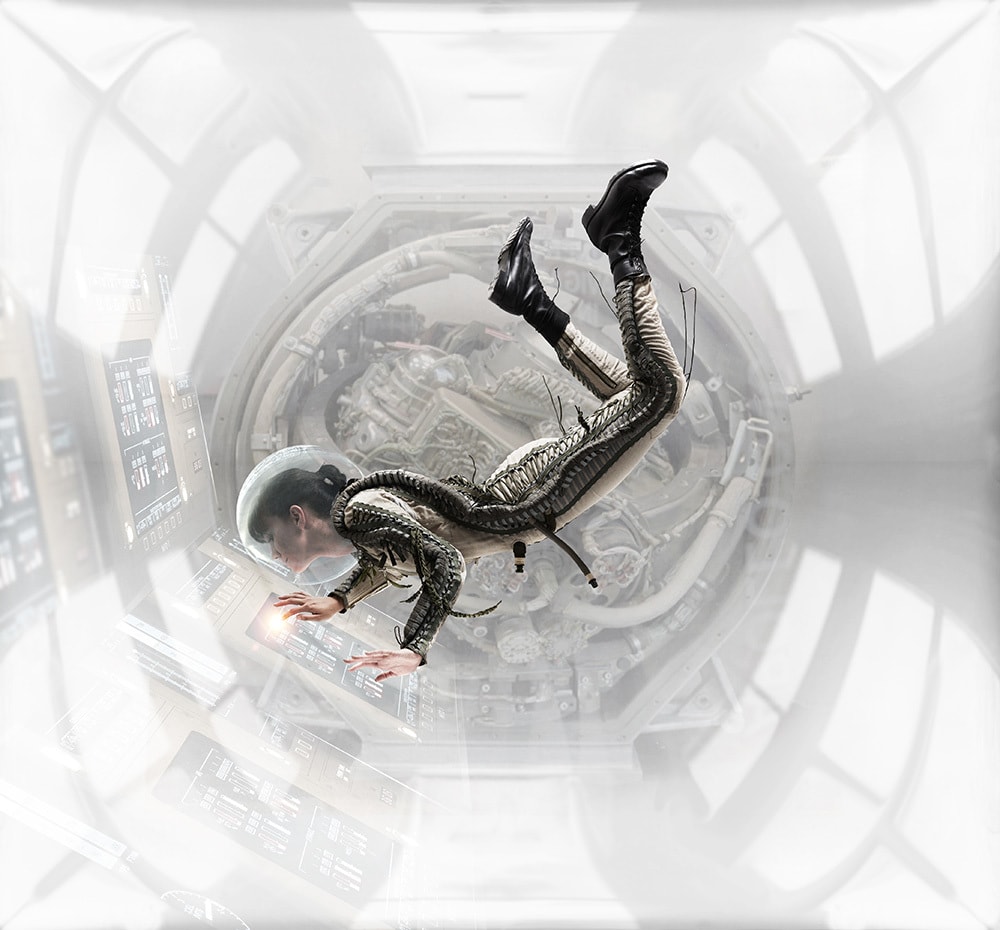
Another earth
Sci-fi epics generally take place on new, Earth-like planets, often with a somewhat dystopian premise that pollution, overpopulation or some other such cataclysmic event rendered the planet uninhabitable (the sun will eventually explode so our time on earth is ultimately limited). In this potential future, we search for another habitat, one that has many of the familiar aspects of our home, but with unfamiliar color schemes, foliage, and skylines, bringing a whole new imaginative lens to the craft of “landscape photography”.
Astro projection
One could not overlook the incredible, real-life photos that have inspired creative minds to imagine the possibilities of imagery from space. Catching stars on camera is not for the impatient types or casual dabblers, however — astrophotography requires a long game approach. Whether you’re capturing a long exposure to highlight the milky way, or layering composites taken from 40 hours of footage with giant telescopic contraptions like astrophotographer Sara Wager, taking photos of galaxies and nebulas is a commitment. “Processing one image can take upwards of 10 hours and will regularly take me many days. Once it has sat in my PC for 3 days without any tweaks then I know I am happy to publish it!”, say Wager. And we are so very thankful to have these glimpses into the unbelievable formations that look almost too incredible to be real.
Little green men
Are we alone? Are there other life forms out there in the universe? From saucer-shaped U.F.O.s containing little green men with enormous heads and bulbous eyes to people-like beings with a touch of the uncanny valley, we have a tendency to imagine that life on other planets will look more or less like augmented humans. It is a tantalizing thought that life exists on other planets and we may one day meet these humanoid space-beings. According to the Fermi Paradox, it’s probable that they have already been here. Maybe we just can’t comprehend their physical form. Or maybe they don’t want to be seen. Until we find them or they reveal themselves, we have artists to help us dream of first contact.
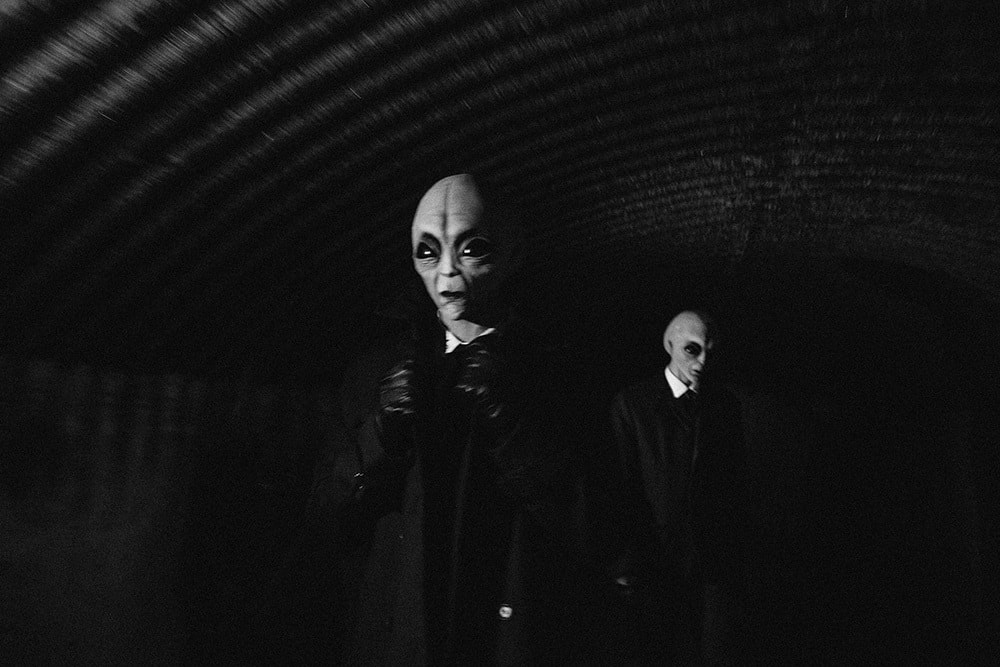
Everyone’s a star
Modern science has taught us that, unique as we are, our bodies are ultimately made up of the same basic elements as all the chaotic gases and rocks in space. But since we evolved into self-aware, conscious beings, our relationship with the universe has been a source of great introspection and debate. Are we just tiny insignificant specs in an ever-expanding universe? One that may be just a singular sphere in an unfathomably massive multiverse? Did we create our perceived reality and have we all simply agreed to participate in a grand illusion? Or is this all a simulation? Without any concrete answers to life’s biggest questions, we continue to look up to the sky and wonder, if we are made up of the same matter as the stars and planets and everything in between, “Who am I, and what does is all mean?”
The universe is a pretty big place. If it’s just us, seems like an awful waste of space.”






